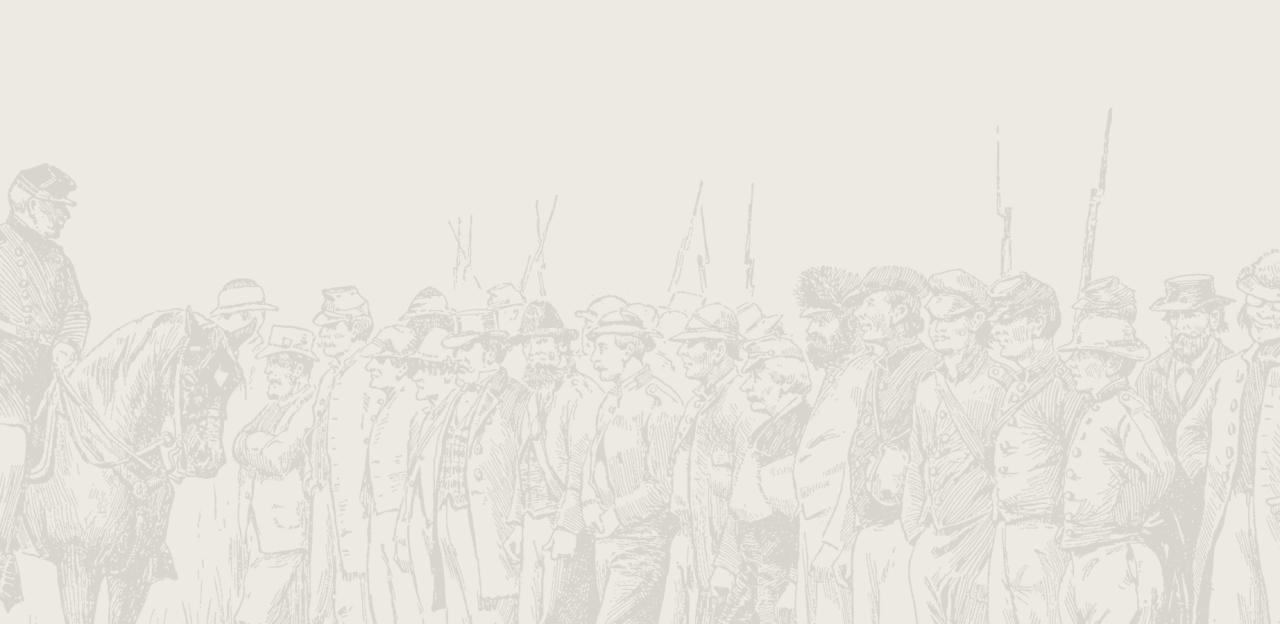Bull Run

The Battle of Bull Run
First Manassas
Though the Civil War began when Confederate troops shelled Fort Sumter on April 12, 1861, the fighting didn’t begin in earnest until the Battle of Bull Run, fought in Virginia just miles from Washington DC, on July 21, 1861. Popular fervor to end the war in 90 days led President Lincoln to push a cautious Brigadier General Irvin McDowell, commander of the Union Army of Northeastern Virginia, to attack the Confederate forces commanded by Brigadier General P.G.T. Beauregard.
Beauregard held a relatively strong position along Bull Run creek, two miles northeast of Manassas Junction. The railroads that met there connected the strategically important Shenandoah Valley with the Virginia interior. Another Confederate army under Gen. Joseph E. Johnston operated in the Valley and could potentially reinforce Beauregard, who blocked the Union army route to the rebel capital at Richmond. McDowell’s plan was to make quick work of Beauregard’s force before Johnston could join him, open the road to Richmond, and march on the Confederate government.
Both sides skirmished along Bull Run on July 17 at Blackburn’s Ford near the center of Beauregard’s line. The inconclusive fight caused McDowell to revise his attack plans which inexplicably required three days of further planning. Meanwhile, Joe Johnston’s men in the Valley slipped away from the Federals watching them and marched for the trains to join Beauregard’s force at Manassas.
The morning of July 21 dawned with both commanders planning to outflank their opponent’s left flanks. McDowell’s early-morning advance up Bull Run creek to cross behind Beauregard’s left were hampered by an overly complicated plan that required complex synchronization. Constant delays on the march by the green officers and their troops, as well as effective scouting by the Confederates, gave McDowell’s movements away. Later that morning, McDowell’s artillery began by shelling the Confederates across Bull Run near a stone bridge. Two divisions under Colonels David Hunter and Samuel Heintzelman finally crossed at Sudley Ford and made their way south behind the Confederate left flank. Beauregard sent three brigades to handle what he thought was only a distraction, while planning his own flanking movement of the Union left.
Fighting raged throughout the morning as Confederate forces were driven back from Matthews Hill. The retreating Confederates rallied on an open hilltop near the home of the widow Judith Henry. Just arrived there was a brigade of Virginia regiments led by the former VMI professor, Brig. Gen Thomas J. Jackson. Jackson formed the scattered Confederate artillery into a formidable line of pieces on the eastern slope of the hill with his infantry hidden in the tall grass behind the guns. Jackson’s command was part of Joe Johnston’s Shenandoah army, which had begun arriving by railroad during the morning.
As the Confederates rallied and reinforced their lines, McDowell paused his attack. Consolidating his own forces, he moved more divisions across Bull Run and occupied Chinn Ridge, west of Henry Hill. McDowell blundered by placing two rifled artillery batteries on the western side of Henry Hill within 300 yards of Jackson’s guns, where their longer range was negated. Their placement there also required Union infantry regiments to protect them, which soon became targets of Jackson’s nearby artillery. An infantry and artillery slugfest erupted atop Henry House hill, accidentally killing Judith Henry in the crossfire as she hid in her home.
Jackson’s men held firm. Sometime during the fighting, Confederate Brig. Gen. Bernard Bee called out to his own brigade to rally with Jackson and his Virginia men, who he said were standing like a stonewall. Although he was killed in action, Bee's statement lived on, and from thenceforth Jackson was bestowed the nom de guerre “Stonewall.”
Late in the afternoon, more Confederate reinforcements under Colonel Jubal Early extended the Confederate line and attacked the Union right flank on Chinn Ridge. Jackson’s men advanced across the top of Henry Hill and pushed back the Federal infantry, capturing some of the guns. The withdrawal of the Union center quickly spread to the flanks. At the battle’s climax Virginia cavalry under Colonel James Ewell Brown “Jeb” Stuart arrived on the field and charged into a confused mass of Union regiments, sending them fleeing to the rear. The Federal retreat rapidly deteriorated as narrow bridges, overturned wagons and artillery fire added to the confusion. The calamitous retreat was further impeded by the hordes of fleeing civilian onlookers who had come down from Washington to enjoy the spectacle.
Confederate President Jefferson Davis arrived on the battlefield from Richmond and conferred with Beauregard and Johnston. Although victorious, their forces were too disorganized to pursue. By July 22, the remnants of the shattered Union army reached the safety of Washington DC. The Battle of Bull Run convinced the Lincoln administration and the North that the war would be a long and costly affair. McDowell was relieved and replaced by Major General George B. McClellan, who set about reorganizing and training what would become the Army of the Potomac.


